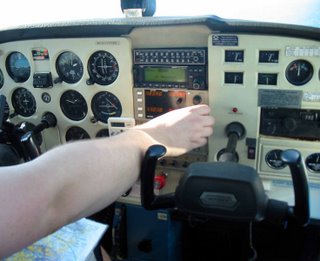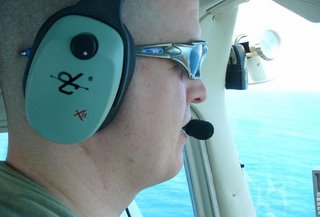A seedy joy flight
Flight hours: 0.6
Study hours: 0
Aviation Reading: Killing Zone: How and why pilots die
As you can see, the flight was of short duration. Matty had planned to go flying with me on the Friday after his dentist appointment, however due to low cloud, we decided to make it the Saturday for a better viewing experience.
The departure was set for around 12pm via SMS, the only issue was that Matty, who is usually quite prompt on replying to messages, was not to be heard from. I decided to try calling a few times, but was not successful.
At around about 1pm, I was planning to head out for a flight of my own, perhaps to fly up north to meet an instructor whom I have been thinking I want to use to complete my aerobatics training. These thoughts were interrupted with Matty calling to say that he just woke up and he would be over in an hour.
One hour and forty five minutes later, Matty arrived safely. The reason for the sleep-in was that the night before saw him polish off a keg of beer. Good work. At this stage, I was secretly wondering if I still have passenger sick bags in my flight kit. Affirmative.
I pre-flighted the plane and before we knew it, Matty had successfully performed the take-off. Heading towards the coast, we overflew some of the surfing beaches that Matt uses, but before too long, the steep turns had him feeling a bit queasy and he mentioned that he was faded (read: tired) and seedy from the night before. Oh well, looks like we will cut the trip short.
I requested clearance into Sydney airspace and was given a complex set of clearance instructions, along with holds, that allowed us to see a greater part of the city and surrounding areas.
"Track Long Reef, Manly, Spit bridge, one thousand five hundred, hold overhead and to the east of spit bridge and await further clearance".
At Spit Bridge, "Track direct Chatswood, 1500 and await clearance for left turn to track towards city".
At Chatswood, "Make left turn and track towards Darling harbour, 1500, single orbit approved overhead Bridge, between Darling harbour and the Opera house, North of Circular Quay".
After the orbit, "Would you be wanting a track direct west, north of Parramatta river?"
Yes please! I asked the controller to say hello to Paul and wished him a G'day, The airswitch showed 0.5, probably the quickest scenic flight I have taken from Bankstown to the City and back.
















